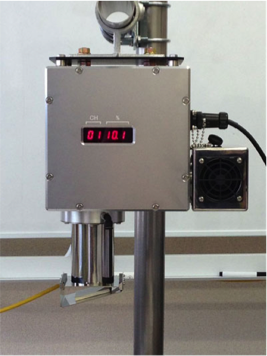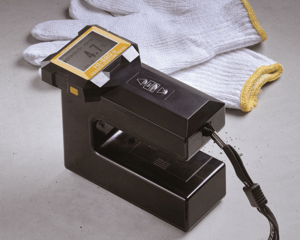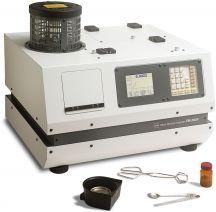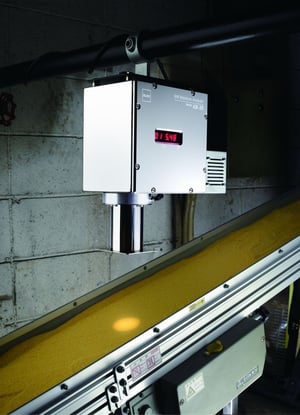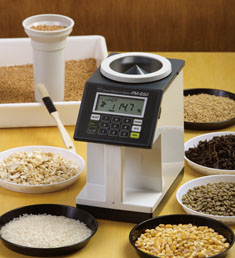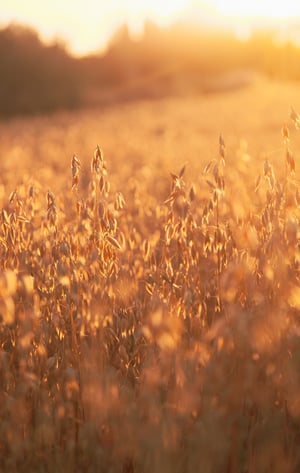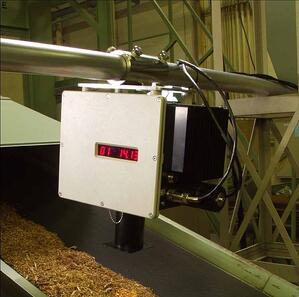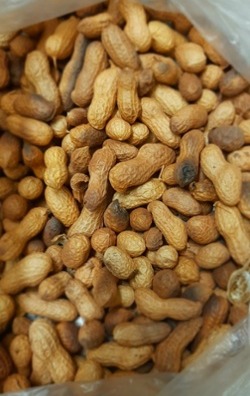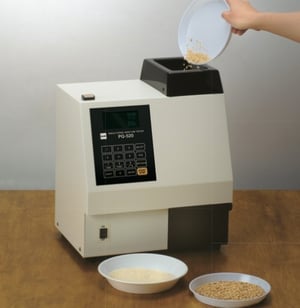Last year, a feed mill in Weimar, Texas, caught fire thanks to one small spark from an overheated bearing in the elevator leg of the mill. This led to a dust explosion and a resulting fireball that echoed through the feed mill with a cannon-line sound and could even be heard several miles away.
Kett Marketing
Recent Posts
Avoiding Fires When Heating and Drying Crops for Storage
Topics: Moisture Meter
Tips for Pouring and Laying Concrete in Cold Weather and Frozen Soil
Construction can’t stop just because temperatures drop. As temperatures fluctuate, essential building materials like concrete have different curing conditions and sporadic strength gain.
Topics: Moisture Meter
5 Ways NIR Technology Helps Save Money And Improve Profits
When deciding on the best moisture measurement technology for your business, it’s important not to make a decision purely based on the purchase price of the instrument. Weighing up the benefits and how these can impact both efficiencies and profits is key to a long-term successful acquisition.
Topics: Moisture Meter, Composition Analyzer
Micro Scale, Major Power: The Incredible Accuracy of the Micro Moisture Analyzer
Precision matters. The slightest variance or error in a moisture reading can be costly and dangerous.
Topics: Moisture Analyzer
The Effects of Moisture Content on Cornmeal
Cornmeal is made by crushing dry corn kernels and is a popular food product due to its relatively long shelf life. It is a widely-used staple food throughout the world, and those with gluten intolerances find it a useful alternative to wheat flour, especially when finely ground into corn flour.
Sesame Crops: The Difference Moisture Can Make
Sesame is very likely one of the oldest cultivated crops in the world. For thousands of years, it has been grown for use in oil and other applications, such as sesame meal and sesame flour. Records of sesame crops date back as far as 1600 B.C. in the Tigris and Euphrates valley regions. In some cases, it is even used in all-natural beauty products because of its antioxidant properties.
Topics: Moisture Meter
Producing Food-Grade Oats
Oats are a dietary staple in many areas of the world. We consume them in foods like oatmeal and oat flour, and even in baked goods such as cookies, granola bars, and bread.
Topics: Moisture Meter, Composition Analyzer
How Rice Is Grown in the United States
While it may not be the first or even the second crop that most Americans think of when they think of farms across the United States, rice farmers across the country sustainably grow 20 billion pounds of rice each year in some states, including:
Topics: Composition Analyzer, Riceter
Shell and All: Measuring Peanuts’ Moisture Levels
Peanuts are a popular food across the country. Used in a variety of recipes and the primary ingredient in peanut butter, the United States produced around 6.13 billion pounds of peanuts in 2020 alone. Many of these peanuts went into the processing of peanut butter. Peanuts are versatile. They go into sandwiches, entrees, and even baked goods. It’s estimated that around 300 million Americans eat peanut butter, while only about 32 million do not.
Topics: Moisture Meter
The Importance of Precise Wheat Moisture Content
For quite some time, wheat farmers would take their freshly harvested crops to market instead of drying and storing them. This is largely because it takes quite a bit of time to properly dry and manage wheat for long-term storage, and if there’s one thing that farmers have in short supply, it’s time.
Topics: Moisture Meter
